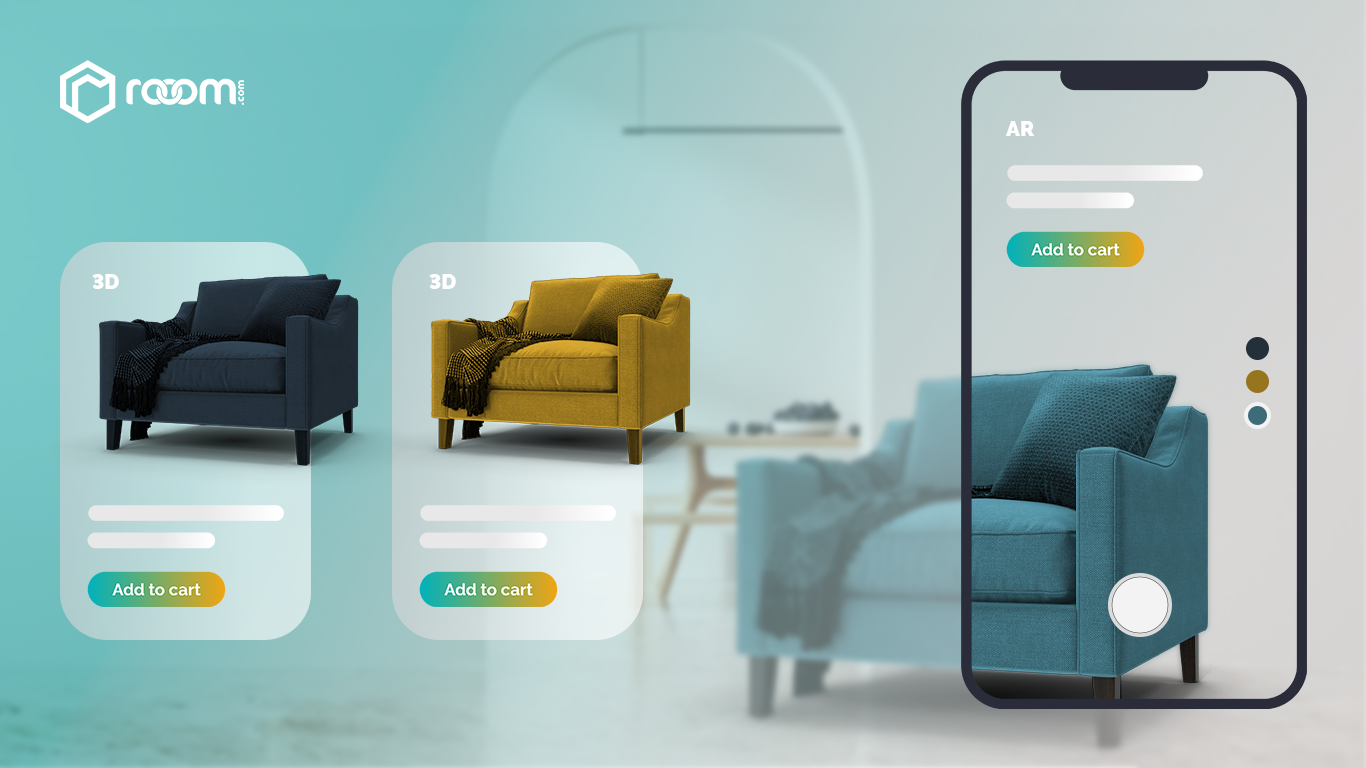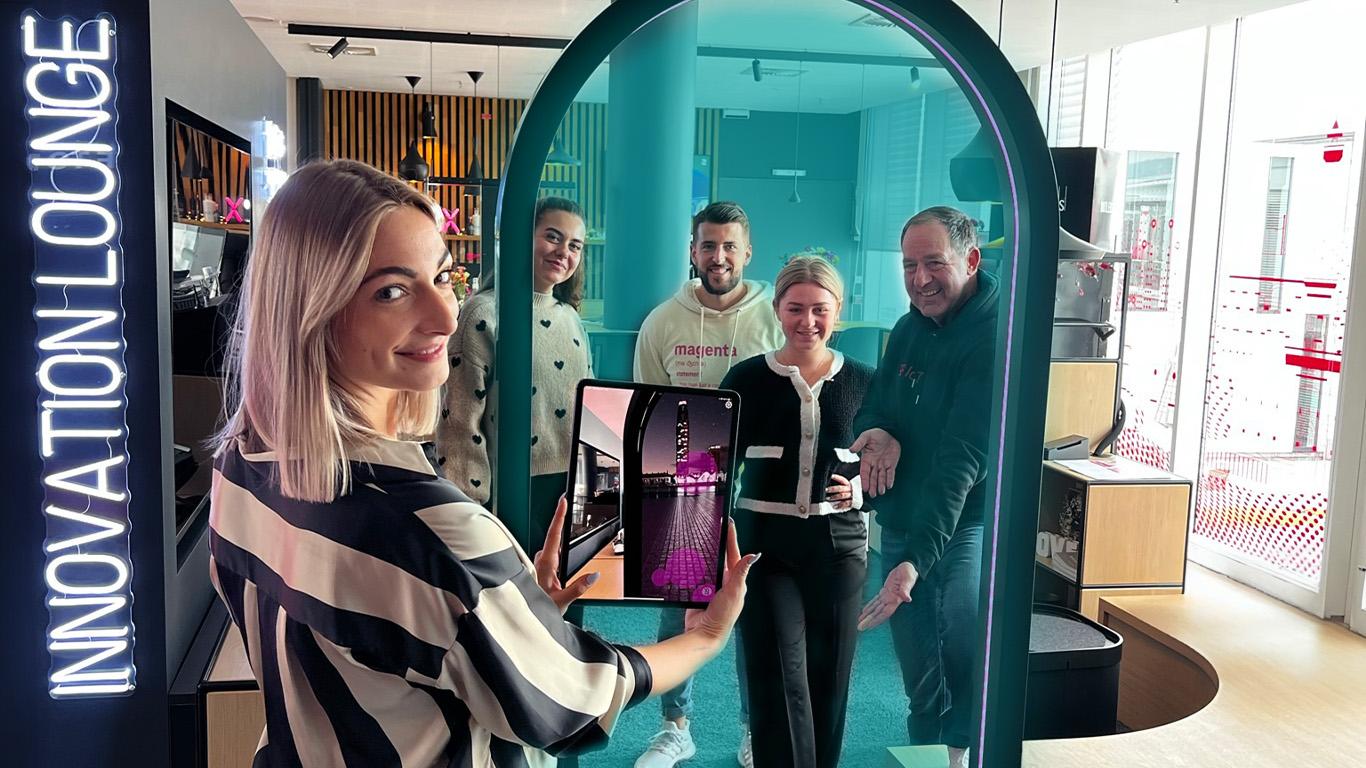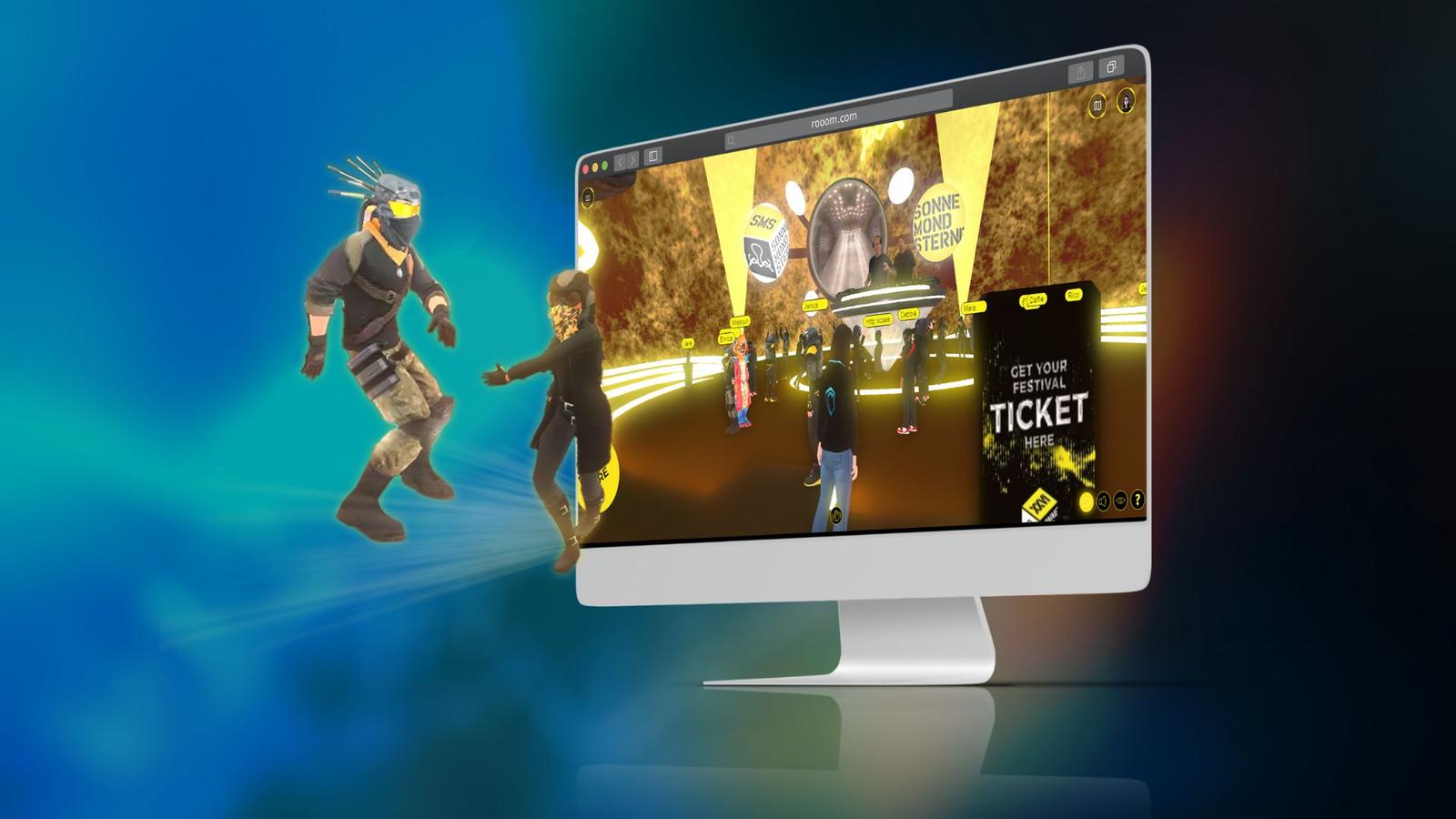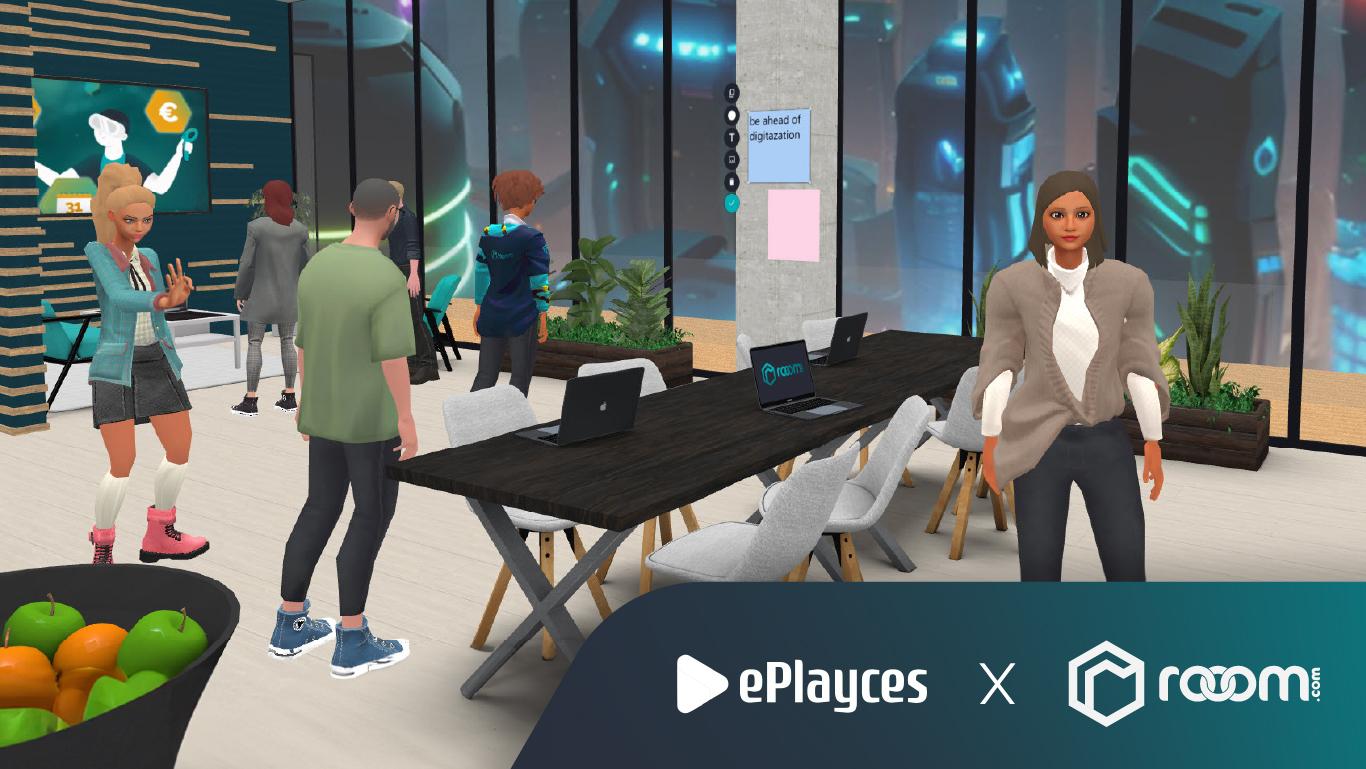Blog
Augmented Reality in E-Commerce

- Hot Topics
- Feature Spotlights
- Blog
Why AR in E-Commerce?
Online stores neither cost rent, nor do they need cleaning staff, or attract shoplifters. Nevertheless, flat sales pages cannot completely replace the shopping experience of real stores. Well, maybe they can? Modern AR technology can greatly enhance the capabilities of online stores and encourage customers to speed up their purchasing decisions. At least to some extent, it can create an experience similar to being in real stores – sometimes even better. In the following, we give you a few insights into how 3D & Augmented Reality can positively influence customer buying behavior.
The Research Online – Purchase Offline-Effekt
Sales take place in different channels. While many vendors offer their products in brick-and-mortar stores, they also have online shops. The latter often serve mainly as information channels. For most customers, an e-commerce presence like this alone is not enough to convince them completely. In many cases, customers end up buying the selected product in a nearby physical store. Some customers even take longer trips just to buy pre-selected products in brick-and-mortar stores. This is the ROPO (research online, purchase offline) effect. A current consumer report by IDH revealed that 85 percent of respondents prepare their purchases digitally. 29 percent still prefer to be inspired directly in stores.
Augmented commerce for new shopping experiences
The right use of 3D technology significantly reduces the ROPO effect. High-quality 3D models can be presented directly in online stores or even in interactive showrooms, and provide customers with more information than classic product photography. The additional use of Augmented Reality can almost replace real product experiences in stores. So far, it is not at all common for retailers to lend out products such as furniture for customers to check whether they fit into their living rooms at home. Augmented Reality, however, can easily make that happen.

Augmented Reality makes the difference
Onlineshops with AR product visualizations gain a clear advantage over their competitors. In a survey, almost 50% of prospective customers said they would be more likely to buy from a vendor that offers Mixed Reality features. One third of online retailers therefore already intend to use Augmented Reality in their stores in the future. Virtual solutions are also being used more and more frequently in the ever-expanding field of mobile commerce. Fortunately, there are now solutions on the market such as the rooom platform that make it very easy for any company to create its own 3D models and deliver them in Augmented Reality.
AR Content as ranking catapult
As website users today, we expect content to load within milliseconds – even online stores. So, you might ask yourself if the use of 3D models is a good idea. The answer is: yes. By now 3D technology is so far developed that the file size of a model is hardly bigger than that of a photo. Integrating it into the website or online store can be done very easily via plugin or by using an embedded code, just like with a YouTube video. This means that neither know-how nor great processing power is necessary to provide 3D and Augmented Reality content for all customers. All conventional end devices and browsers can deliver 3D content quickly and with good quality. This way, the customers get what they need and browsers do not struggle with loading times.
What does SEO have to do with 3D?
SEO, or search engine optimization, is about setting up websites in such a way that they not only offer real added value for users but are also evaluated by search engines such as google and ranked well in the search results. The focus is not only on high-quality content, but also on the users’ experiences with the website. Loading times are a significant issue here. When selecting 3D & AR solutions, site operators should focus on solutions that rely on small amounts of data and can thus display 3D content without limiting loading times. In addition, 3D Experiences increase the dwell time on the page, which has a positive effect on Google rank.
Which E-Commerce Providers Benefit from AR?
Almost any product can be displayed in AR. Microscopes, jewelry, books, cars or even wedding dresses. But in which areas is technological progress also well received by customers?

AR for Furniture and Kitchens
When buying furniture, more than with any other product, it is important that size, color and style of a product fit the intended destination.
Many furniture stores therefore focus on detailed presentation in combination with other pieces of furniture, wall and floor coverings and decorative objects. Unfortunately, this can’t tell you whether the couch you’ve fallen in love with will look good in your own home. Augmented Reality offers significantly more possibilities here. Customers can place wing chairs, closets or side tables in their real size and color exactly where they will adorn their homes in the future. This can be particularly useful when planning kitchens.
AR for the Fashion Industry
Clothing in Augmented Reality? Why not? Of course, an AR view of a dress or suit cannot replace a fitting.
However, a closer look at the color, fabric texture and appearance in combination with your favorite shoes is already possible. The same applies to jewelry, handbags, hats or sunglasses. If customers visit online stores and see the dresses in Mixed Reality in their original size, it can almost feel like trying them on. Even for bridal wear, an AR fashion projection gives you a good sense of the dimensions of a dress and the fabrics.
AR for Tech Products
For technical products of any kind, AR views give you a quick idea of which ports are available where on the device, which buttons there are and how big the device is. Animations and explanatory texts can be displayed to illustrate functionalities in a more comprehensible way.
AR for Wall Paints, Floors and Wallpapers
In the same way that furniture are products that are ideally suited for the use of AR, decorative items, art pieces and wall and floor coverings are also predestined to be "tried out" in Mixed Reality.

Learn more about the topic in our Whitepaper:
Enhancing customer experiences through 3D
Key learnings:
- How and why 3D and AR features can increase conversions
- Tips for implementing 3D and AR in your online shop
- How 3D and AR can work in concert to increase customer engagement
Request your free Whitepaper
Augmented Reality Shopping in 3D Showrooms
It doesn’t take much to provide 3D and AR views of products in online stores. Thanks to their simple integration, the 360-degree images can be used instead of or in combination with classic product images. Customers then navigate through the store pages as they normally would and have a closer look at their desired products. The online shopping experience becomes much more entertaining if the store itself offers more than just a flat website with product categories. The entrance to the store could be a 3D showroom or 360-degree tour in which product highlights can be discovered just as intuitively as in brick-and-mortar stores.
Advantages of 3D Showrooms for Shopping
- Available 24/7
- Interactive shopping experience
- Unique selling point compared to competitors’ sites
- Customizable with rooom CMS at any time without special knowledge

Conclusion
The use of AR content in your web store increases the dwell time of your users and improves the quality of your site. You also reduce the ROPO effect, since almost all the information a customer needs can be communicated well in AR. Take the test and watch your return numbers drop.


















